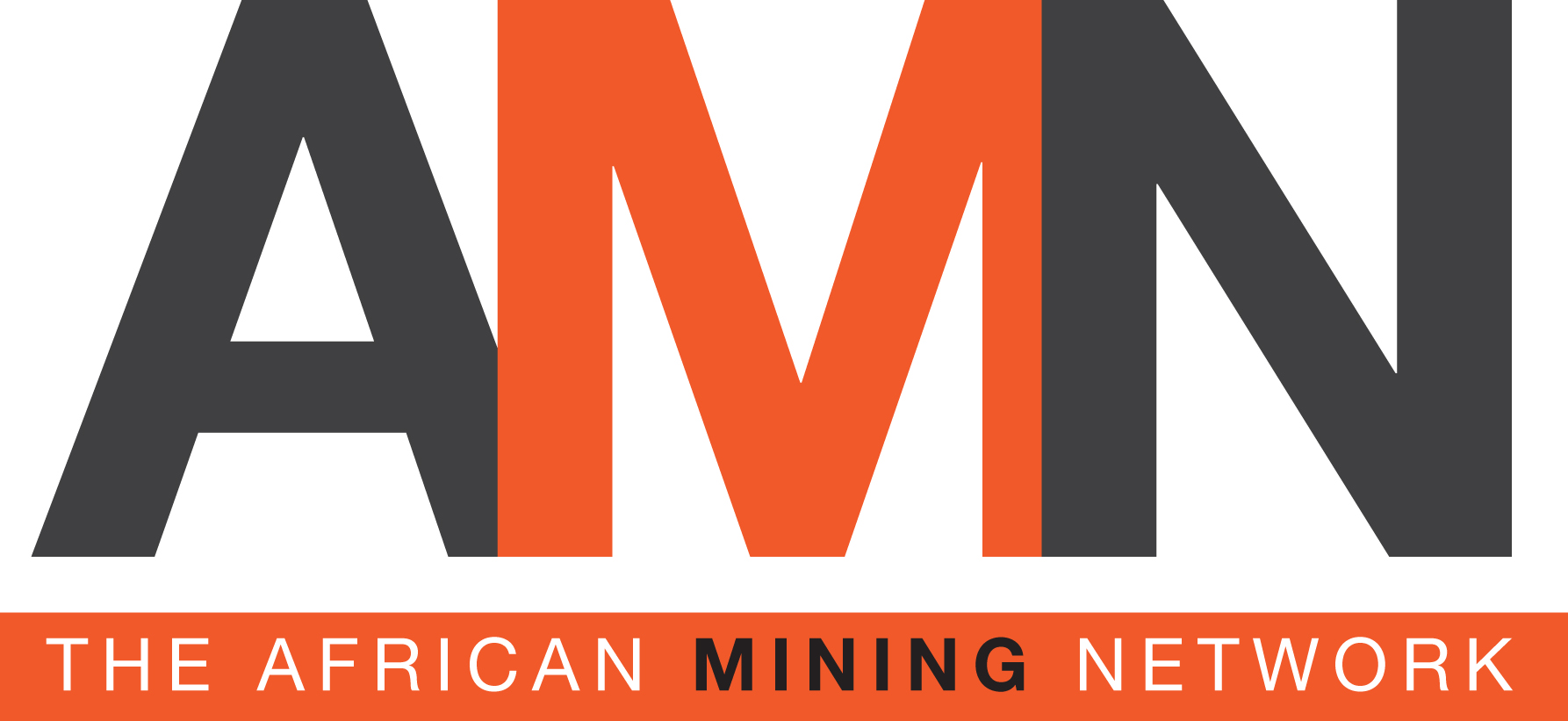- Yolanda Torrisi
- +61 412 261 870
- yolanda@yolandatorrisi.com
- Nina van Wyk
- +27 82 926 3882
- nina@africanminingnetwork.com
Cradle Resources has released the maiden Ore Reserve Estimate for the Panda Hill niobium project. The reserves are reported in accordance with JORC Code (2012) and incorporate the results of the recently completed Definitive Feasibility Study inclusive of the extensive investigations and work carried out since 2012 by Cradle and more recently by Panda Hill Tanzania (PHT).
Cradle owns 50% of PHT which in turn owns 100% of the project.
Highlights:
- Panda HillOre Reserves - 20.6 million tonnes at average grade 0.68% Nb2O5
- All mill feed within first 10 years of the planned production schedule are now classified as Ore Reserves.
The Ore Reserves assume that the project starts at a throughput of 1.3 million tonnes/year and is ramped up to 2.6 million tonnes/year after four years of production, and is based on the mine designs generated from the first three pushbacks defined in the Definitive Feasibility Study. These designs were based on extensive pit optimisation and included geotechnical inputs, ground and surface water recommendations, metallurgical test work, environmental studies and detailed mine scheduling.
Mining costs were based on a Schedule of Rates received from selected international and local mining contractors that are currently working, or have worked, in Tanzania. Plant and General and Administration costs were based on tenders received from multiple suppliers as part of the Definitive Feasibility Study enquiry process. Ore Reserves only utilise Measured and Indicated Mineral Resources and are reported above an average cut-off grade of 0.46% Nb2O5 (the actual cut-off grade varies by year for the first 10 years).
The mine will consist of an open pit operation using conventional backhoe type excavators loading both ore and waste onto a fleet of 90 tonne haul trucks. Drill and blast will be required and a bench height of 5 metres has been assumed with loading on 2 x 2.5 metre flitches. Waste rock dumps, intermediate stockpiles, haul road, a run of mine pad and associated mining infrastructure e.g. workshops, offices, stores etc. have been included in the capital cost. Mining activities will be carried out by a mining contractor. Mining costs were developed based on international mining contractor Schedule of Rates submissions received in November last year along with an owners cost component developed by PHT.
Detailed metallurgical test work undertaken as part of the scoping study, prefeasibility study and the Definitive Feasibility Study have demonstrated that a high grade concentrate can be produced from all the carbonatite ores and furthermore that this concentrate can be ‘cleaned’ and upgraded through a leach circuit to produce a material suitable for the production of ferroniobium in a single stage converter.
The test work has consisted of three piloting campaigns and extensive benchscale testing using a combination of bulk samples, diamond core and a small amount of reverse circulation samples. The process itself consists of a crushing and milling circuit, followed by a two-stage flotation circuit with a concentrate cleaning step and a ferroniobium converter. Metallurgical recoveries vary between 53% and 66% depending on material type, with an average 61% over the reporting period. Deleterious elements are managed within the process and no allowance has been made for these in the final product.
A mining licence for the project has been issued and is valid until November 2026, after which it can be renewed for further 10 year periods. An Environmental and Social Impact Assessment was completed for the project in May 2015 and approved by the National Environmental Management Council of Tanzania in August 2015. Further permitting requirements for construction and operation have been identified and their applications will be made as required. The project is located on grounds controlled by the Tanzanian Prison Service (TPS) and PHT is in an advanced stage of negotiation with the TPS with regard to relocating the low security prison which will be impacted by the operation.
Existing infrastructure within the area is well established consisting of a railway passing through the mining lease, cement factory (5km from project), airport (8km from project), Mbeya City (26km from project) and the major Dar es Salaam-Tunduma highway only 5km away which will be used to transport the final product to the Dar es Salaam port from where it will be exported.
New infrastructure that will be constructed, in addition to the process plant, as part for the project include the tailings storage facility, waste rock dump, intermediate stockpile, access roads, administration buildings and a camp for expatriate staff.
Keith Bowes – Project Director, +61 8 9389 2000,
News courtesy of International Mining

